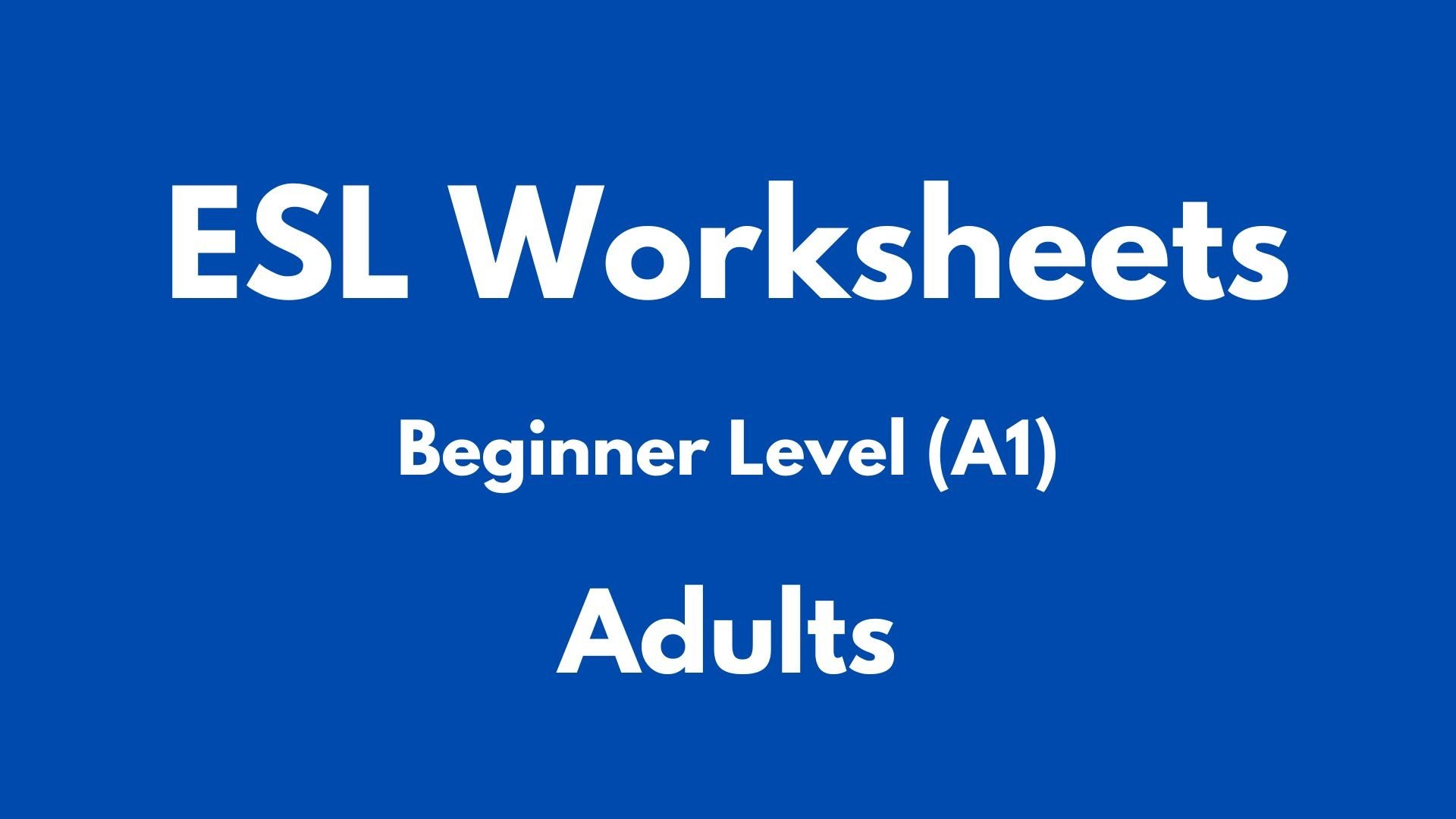10:07 AM Creative ESL Worksheets That Keep Beginners Engaged and Learning |

Teaching English as a Second Language (ESL) to beginners can be incredibly rewarding, but it also comes with its fair share of challenges. One of the biggest obstacles ESL teachers face is maintaining student engagement while also building foundational language skills. This is where creative esl worksheets for beginners come in. When thoughtfully designed, worksheets can be more than just filler activities—they can become powerful learning tools that spark interest and boost confidence. In this article, we’ll explore how creative ESL worksheets help beginners stay engaged and how you can incorporate them into your lessons for maximum impact. Why Creativity Matters in ESL WorksheetsBeginners often struggle with motivation and confidence. Traditional grammar drills and vocabulary lists, while important, can quickly become monotonous and overwhelming. Creative worksheets, on the other hand, tap into students’ natural curiosity and offer a sense of achievement with every completed task. Adding color, storytelling, puzzles, and visuals to worksheets can transform a routine lesson into a fun, memorable experience. The more students enjoy the learning process, the more likely they are to retain information and participate actively in class. Elements of an Engaging ESL WorksheetTo create an effective and creative ESL worksheet, it’s important to consider the following elements:
Examples of Creative ESL Worksheet IdeasHere are a few tried-and-true worksheet ideas that make learning English fun and interactive for beginners: 1. Picture-Based Vocabulary BuildersCreate a worksheet filled with everyday objects—foods, clothing, household items—with corresponding blank spaces for students to fill in the English words. Add a section where they write short sentences using the new vocabulary (e.g., "I eat an apple"). 2. Dialogue Match-UpsProvide sentence halves that form a basic conversation, such as greetings or introductions. Students must match the beginning of a sentence with its correct ending, reinforcing dialogue flow and proper structure. 3. Story StartersUse visuals or comic strips with blank speech bubbles. Ask students to create simple dialogues or narrate the story in their own words. This not only builds grammar and vocabulary but also sparks creativity. 4. Grammar with a TwistInstead of plain fill-in-the-blanks, create mini-stories where students choose from a list of verbs to complete sentences. They’ll learn grammar rules in context and have fun solving the “puzzle.” 5. Scavenger HuntsDesign a classroom scavenger hunt worksheet where students must find objects (e.g., “Find something red,” or “Find a book with the letter B”) and write down or say their findings in English. This adds movement and real-time engagement. Tips for Teachers
Final ThoughtsEngaging ESL beginners doesn't have to be a struggle. By incorporating creativity into your worksheets, you create a dynamic learning environment where students feel motivated, involved, and excited to learn. Whether you're teaching in a classroom or online, a creative worksheet can be the key that unlocks a student’s language potential. So, go ahead—get creative and watch your learners thrive! |
|
|
| Total comments: 0 | |